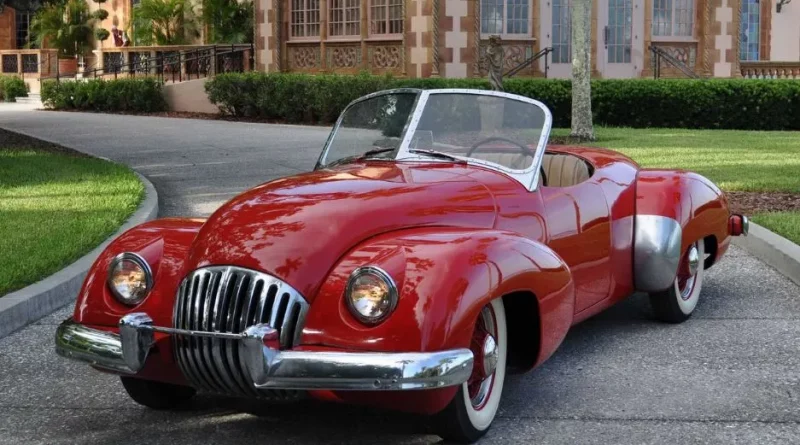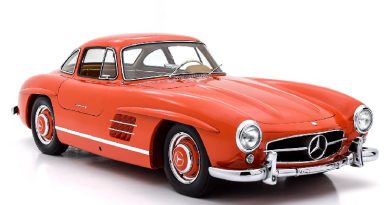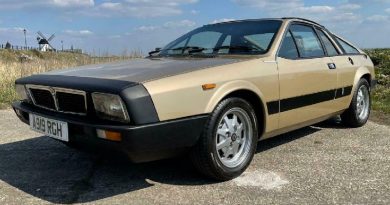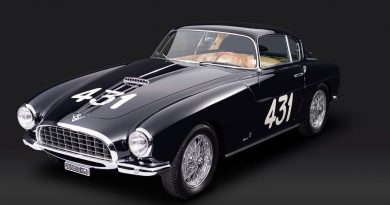1947 Kurtis-Omohundro Comet
It’s hard to believe that you can find something without even knowing you’re looking for it, but that’s precisely how Geoffrey Hacker describes his discovery of the 1947 Kurtis-Omohundro Comet.
Hacker—a college professor and historian with a penchant for the odd ducks of the automotive world—believes the one-off Comet represents America’s first postwar sports car. It’s a bold claim, and it’s all the more remarkable because Hacker was unaware of the car’s existence until a series of serendipitous events led him the Ohio garage where it had been tucked away for decades.

The exhaustive, in-depth work is more than worth your time, but even the highlights will pique your interest in one of the coolest cars you’ve likely never heard of.
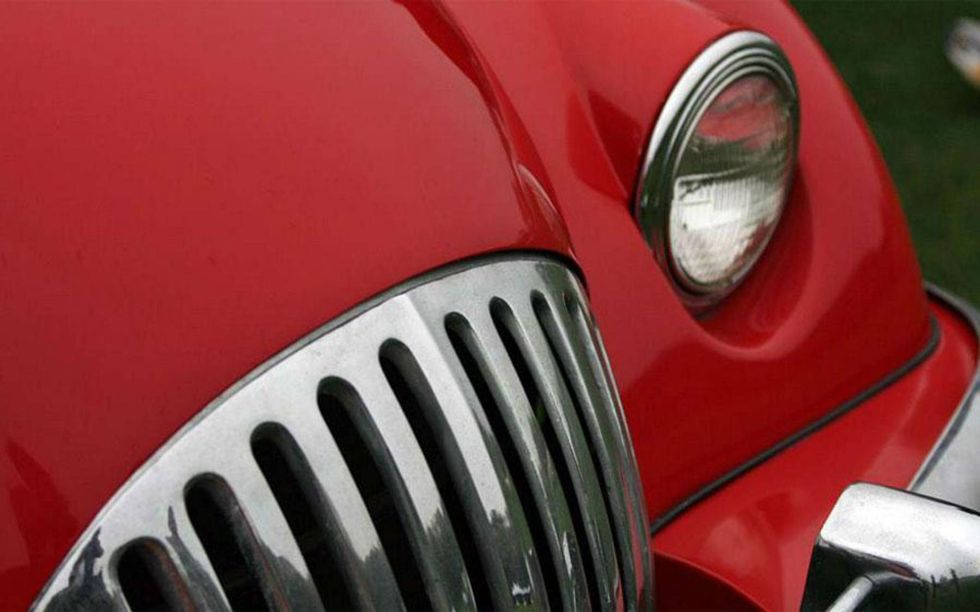
This 1947 Kurtis-Omohundro Comet is an aluminum-bodied roadster often credited with being America’s first sports car following WW2. Created through a partnership between Frank Kurtis of Kurtis-Kraft and Paul Omohundro of Comet Industries for the latter’s personal use, it was intended to be the first of a run of cars built in partnership with Ford, but wound up a one-off. Bodywork rests on a 1940 Ford chassis, with power by a 239ci Mercury flathead. Unsurpassed history includes multiple important museum exhibitions, Concours appearances, and other awards.
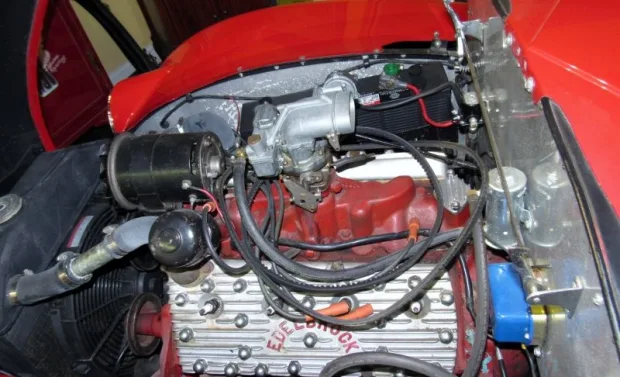
Inside, the cockpit is dominated by pleated upholstery and an impressive engine-turned gauge panel. Stewart-Warner gauges monitor vitals, and the column-drop positions a ’39 Ford banjo wheel with a custom center cap. The crazy, T-handle topped gearshift snakes back from its location well under the dash and is a thing of strange beauty in itself.
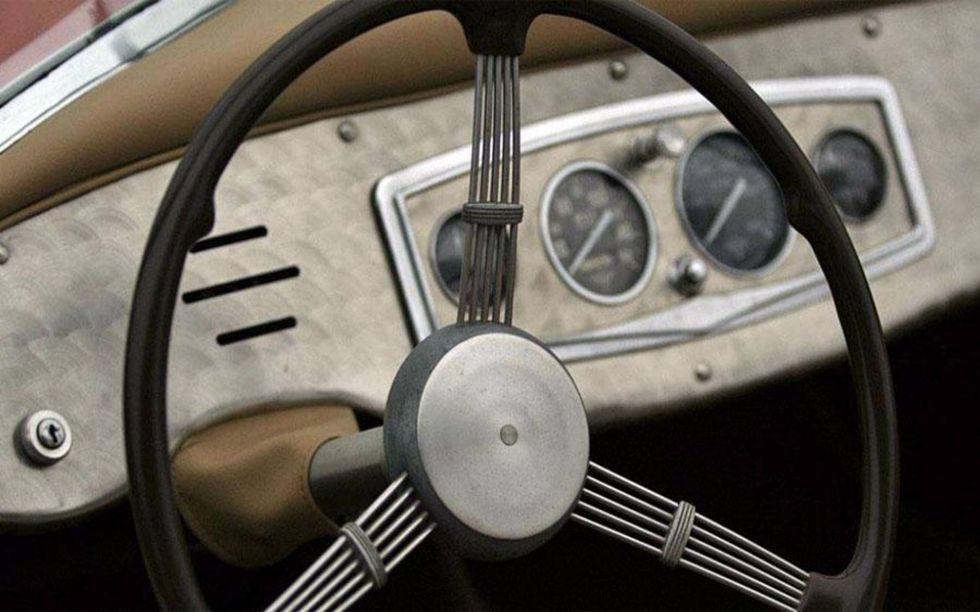

Hacker says he hasn’t driven the Comet at full-speed since purchasing it in 2007. Although he’s hesitant to push its capabilities as a sports car, he reports that it is a fun cruiser and “honest sports car” that “drives just like you’d think,” with its essentially stock 1940-vintage underpinnings.
We don’t think Kurtis or Omohundro would have blamed Hacker for not exploring the Comet’s upper limits—it wasn’t meant for the track, after all. Besides, it’s eye-catching design and unique history means that the Comet is drawing attention while standing still on the concours field.
We’ll discover how Hacker tracked down the Comet, learn how the car fits into American automotive history and find out where you can see it in person over the coming year.

